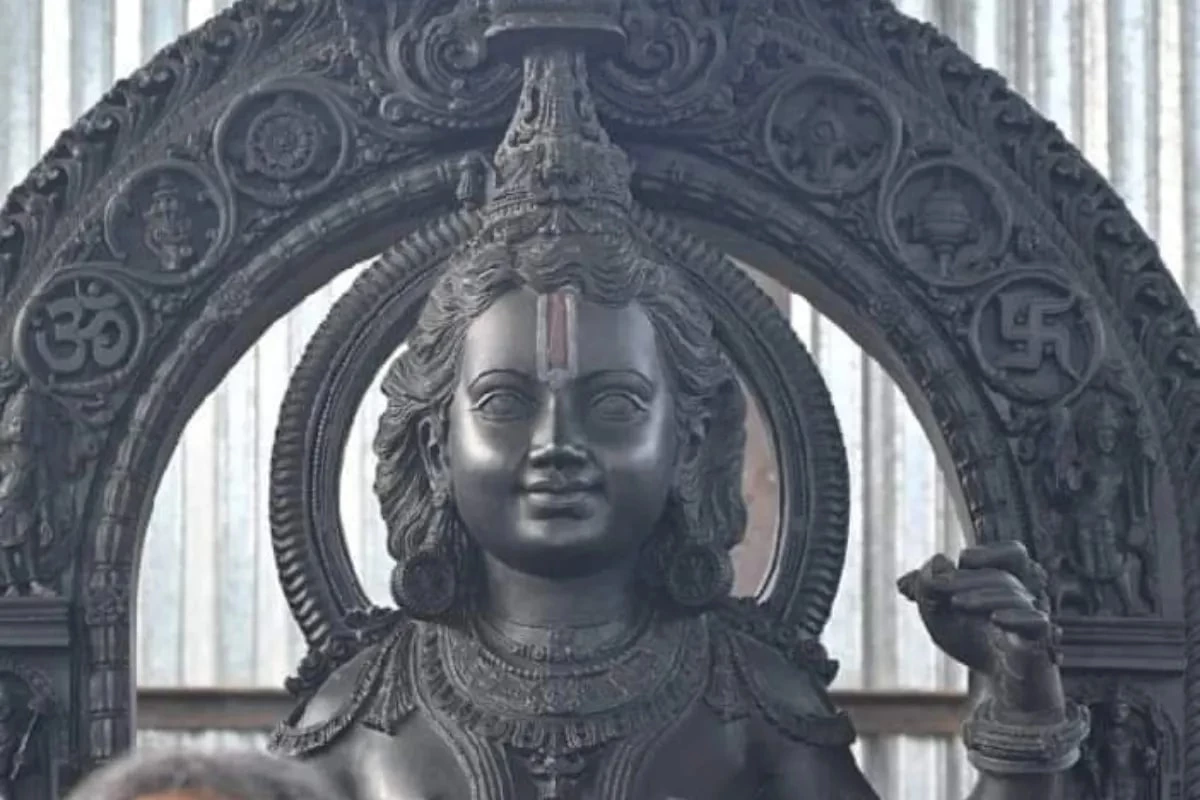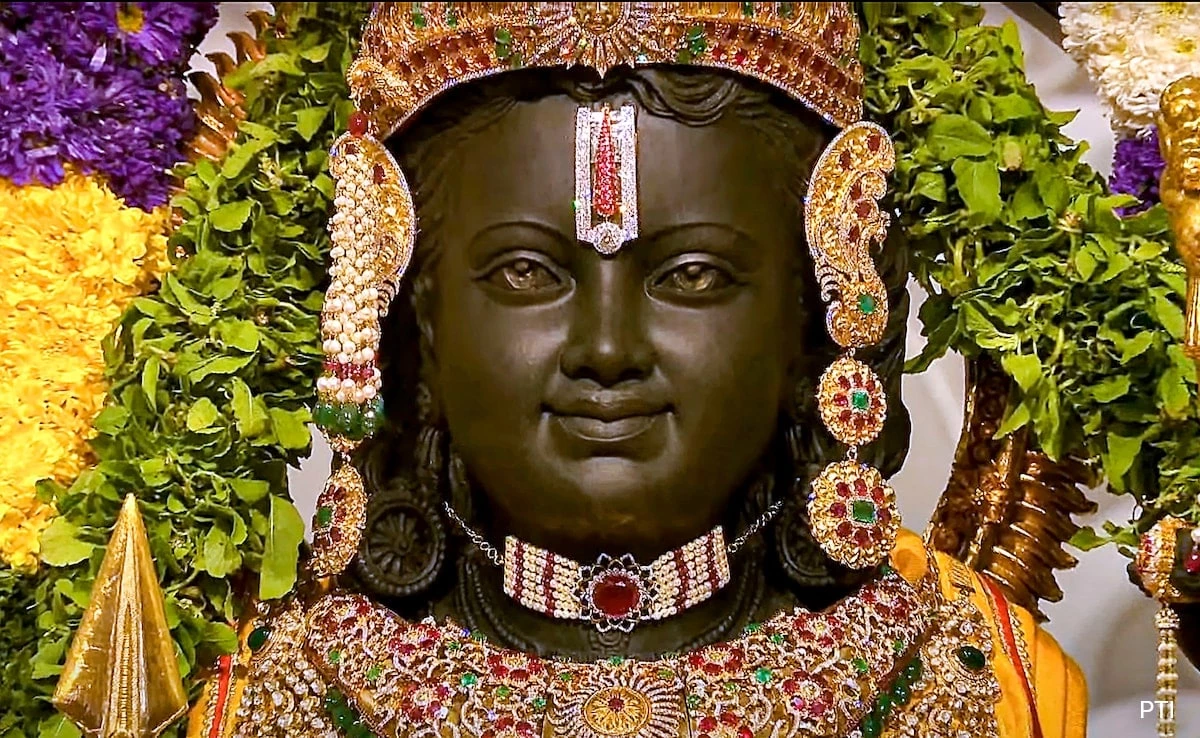Why Is Lord Ram Murti Black? Insights On Ram Lala Murti & Ram Lala Idol's Color
People often wonder why Lord Ram Murti, a well-respected character in Hinduism, is shown with black skin in art forms. This article looks into the historical, religious, and cultural reasons for this, giving you the full picture.
Key Takeaways:
- Ancient texts depict Lord Ram's dark complexion as divine, aligning with Lord Vishnu's imagery.
- Black granite, used for Ram Murti in temples, symbolizes durability and spiritual energy.
- Ayodhya's Ram Lalla idol, made from "Krishna Shila," represents purity and Ram's early years.
Why Is Lord Ram Murti Black? The Background Of Lord Ram's Black Depiction
In the Sundara Kanda of Valmiki Ramayana, Lord Hanuman describes Lord Ram as having a dark-brown complexion, similar to a blue lotus. Lord Brahma in the Ramayana announces Ram's divinity and his dark-blue hue.
The Ramaraksha Stotram, a well-known song, also thinks about Ram's dark complexion, comparing it to a blue lotus and a raincloud. This matches the portrayal of Lord Vishnu, another version of whom Ram is, as having a dark, cloud-like complexion.
Why Are Ram Murti And Ram Lala Murti Black In Temples?
 Source: Google Images
Source: Google Images
The black color of Lord Ram Murti and Ram Lala Murti, especially in South Indian temples, is mainly because of black granite used for sculpting. This choice of material is influenced by its durability, deeper meaning, and religious beliefs.
Black granite is chosen for sculpting deities in Hindu temples because it's good at holding intricate details and has a deeper meaning of the eternal and divine. Hindu beliefs say that black granite, with quartz crystal, is good at spreading spiritual energy, which is good for followers.
This is connected to the Stefan-Boltzmann law, which suggests that the black color improves the idol's power to absorb cosmic energy.
Also, the black stone used for the Ram Lalla idol in Ayodhya's Ram Temple is chosen for its durability and it doesn't react, making sure the idol lasts and stays pure.
The Special Black Stone Of Ayodhya's Ram Lalla Idol
 Source: Google Images
Source: Google Images
The Ram Lalla idol at Ayodhya is made from a special black stone called "Krishna Shila," chosen for its unique features and religious importance. The "Krishna Shila" stone, coming from Karnataka, is known for not reacting when covered in milk, a usual religious practice.
This stone turns black when processed with specific materials, symbolizing purity and divinity. The choice of this stone and the depiction of Lord Ram as a child in the Ayodhya temple are strongly based on the belief that Ayodhya is Lord Ram's birthplace, and the child form represents his early years in this holy place.